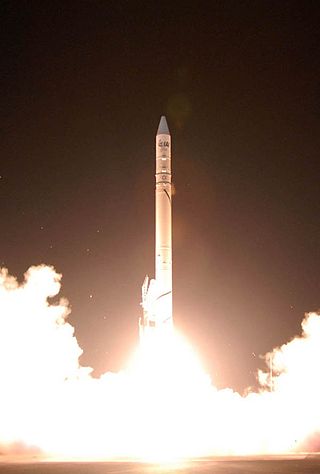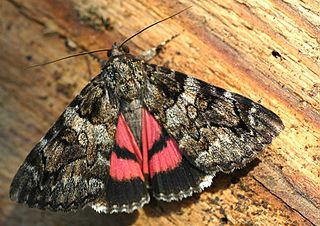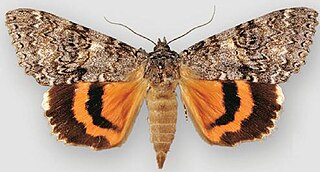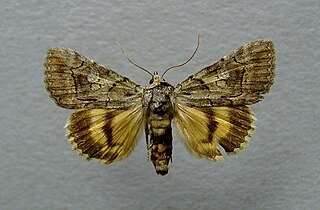
The geography of Israel is very diverse, with desert conditions in the south, and snow-capped mountains in the north. Israel is located at the eastern end of the Mediterranean Sea in Western Asia. It is bounded to the north by Lebanon, the northeast by Syria, the east by Jordan and the West Bank, and to the southwest by Egypt. To the west of Israel is the Mediterranean Sea, which makes up the majority of Israel's 273 km (170 mi) coastline, and the Gaza Strip. Israel has a small coastline on the Red Sea in the south.

The Levant is an approximate historical geographical term referring to a large area in the Eastern Mediterranean region of Western Asia. In its narrowest sense, which is in use today in archaeology and other cultural contexts, it is equivalent to a stretch of land bordering the Mediterranean in South-western Asia, i.e. the historical region of Syria, which includes present-day Israel, Jordan, Lebanon, Palestine, Syria and most of Turkey southwest of the middle Euphrates. Its overwhelming characteristic is that it represents the land bridge between Africa and Eurasia. In its widest historical sense, the Levant included all of the Eastern Mediterranean with its islands; that is, it included all of the countries along the Eastern Mediterranean shores, extending from Greece to Cyrenaica in eastern Libya.

The Suez Canal is an artificial sea-level waterway in Egypt, connecting the Mediterranean Sea to the Red Sea through the Isthmus of Suez and dividing Africa and Asia. The 193.30 km (120.11 mi) long canal is a popular trade route between Europe and Asia.

Palestine, officially the State of Palestine, is a state located in Western Asia. Officially governed by the Palestine Liberation Organization (PLO), it claims the West Bank, including East Jerusalem, and the Gaza Strip as its territory, though the entirety of that territory has been occupied by Israel since the 1967 Six-Day War. As a result of the Oslo Accords of 1993–1995, the West Bank is currently divided into 165 Palestinian enclaves that are under partial Palestinian National Authority (PNA) rule; the remainder, including 200 Israeli settlements, is under full Israeli control. The Gaza Strip has been ruled by the militant Islamic group Hamas and has been subject to a long-term blockade by Egypt and Israel since 2007.

Shavit 2 is a small lift launch vehicle produced by Israel from 1982 onwards, to launch satellites into low Earth orbit. It was first launched on 19 September 1988, making Israel the eighth nation to have an orbital launch capability after the USSR, United States, France, Japan, People's Republic of China, United Kingdom, and India.

Catocala is a generally Holarctic genus of moths in the family Erebidae. The genus was erected by Franz von Paula Schrank in 1802. The moths are commonly known as underwing moths or simply underwings. These terms are sometimes used for a few related moths, but usually – especially when used in plural, not as part of a species name – they are used to refer to Catocala only.

Catocala coniuncta is a circum-Mediterranean species of moth whose range extends across southern Europe, North Africa and extending to the Middle East. Its species name has for a long time been misspelled "conjuncta"; this was only corrected in 2010.

Catocala fraxini, the blue underwing or Clifden nonpareil, is a moth of the family Erebidae. The species was first described by Carl Linnaeus in his 1758 10th edition of Systema Naturae.

Catocala fulminea, the yellow bands underwing, is a moth of the family Erebidae. The species was first described by Giovanni Antonio Scopoli in his 1763 Entomologia Carniolica. It is found in central and southern Europe, east Asia and Siberia. The xarippe lineage has been proposed to be a distinct and valid species in its own right, instead of being only subspecifically distinct.

Catocala unijuga, the once-married underwing, is a moth of the family Erebidae. The species was first described by Francis Walker in 1858. It is found in North America from Newfoundland west to south central British Columbia, south to Kentucky and Missouri in the east, Colorado and Utah in the west.
Catocala lesbia is a moth of the family Erebidae first described by Hugo Theodor Christoph in 1887. It is found in the Middle East, in regions without severe winters. In Turkey, south-east of the Anatolian Plateau, in oases and desert foothills in Iraq, south as far as the Sinai and Egypt. In Israel it is found in the Jordan Rift Valley and Negev.

Catocala conversa is a moth of the family Erebidae first described by Eugenius Johann Christoph Esper in 1787. It is found in the Mediterranean zone and parts of the sub-Mediterranean zone.
Catocala hymenaea is a moth of the family Erebidae first described by Michael Denis and Ignaz Schiffermüller in 1775. It is found from the Middle East to western Asia.

Catocala diversa is a moth of the family Erebidae first described by Carl Geyer in 1826. It is found in Spain, south-eastern France, Italy, the Balkans, European southern Russia and Israel.

Catocala eutychea is a moth of the family Erebidae first described by Georg Friedrich Treitschke in 1835. It is found in the eastern parts of the Mediterranean, especially the Balkans.

Catocala separata is a moth of the family Erebidae first described by Christian Friedrich Freyer in 1846. It is found in the Balkans, the Mediterranean part of southern Turkey and the Levant.

Catocala pacta is a moth of the family Erebidae. It is found from southern Sweden, east to Finland, Poland, the Baltic states, to the Ural and the Amur regions south to Tibet.

The African softshell turtle or Nile softshell turtle is a large species of turtle from fresh-water and brackish habitats in Africa and the Near East. It is the only extant species from the genus Trionyx, but in the past many other softshell turtles were placed in this genus; they have now been moved to various other genera. Despite the name "African softshell turtle", it is not the only species or genus of softshell turtle in Africa. It is a very large species of softshell turtle, with sizes that range from 85 to 94 cm, a weight of 40 kg, and an unconfirmed max size of 120 cm. They are omnivores in diet, consuming small fish, crustaceans, and also palm seeds and fallen leaves.

The Levantine Sea is the easternmost part of the Mediterranean Sea.

















